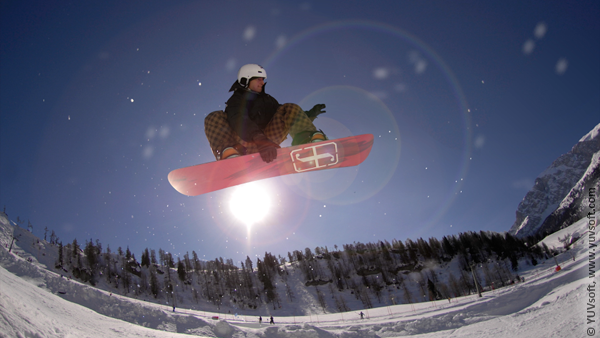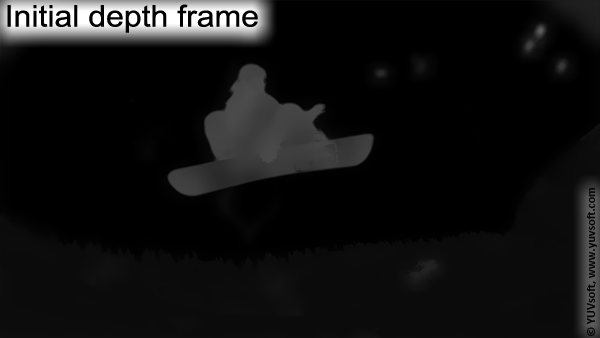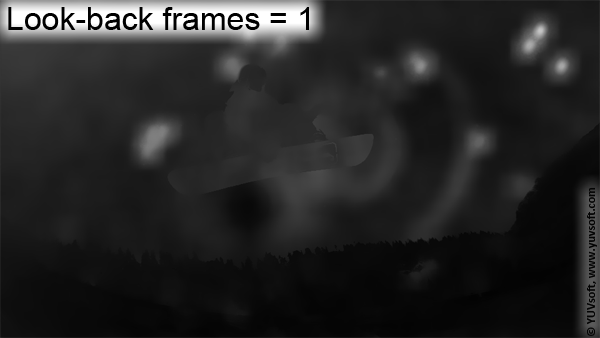Depth from Motion—an effective way to obtain depth maps in cases of camera or object movement


General Information
Most frames in a given shot differ from one another because of camera motion or to motion of the objects in the frame. Depth values for a certain frame can be estimated by analyzing these differences between adjacent frames. The general tendency for moving objects is that the closer the object is to the camera, the greater the shift is between object edges in neighboring frames. Using this information, the Depth from Motion algorithm reconstructs motion vectors, enabling differentiation of foreground and background objects. Depth estimation, on the basis of this principle, is applicable in cases of various motion types: zooming, scene rotation and camera panning.
Useful features of Depth from Motion are:
- Fully automatic depth map creation
- High-quality results even for slight object movement
- Various methods of spatial and temporal filtering


Depth from Motion automatically adapts to the motion rate, which is essential to yielding accurate depth maps in cases of slow camera motion. The sensitivity to motion (Look-back frames option) can be also specified manually: lower values do well with high motion speed, and higher values are more appropriate for slower movement.

Auxiliary smoothing and filtering options provide additional opportunities to improve the quality of the resulting depth maps.
The YUVsoft Depth from Motion tool provides an excellent way to increase the degree of automation in the depth map creation process using source video characteristics such as motion in the frame.


Sample
This video shows how to quickly create depth map and stereo of 3D TV quality for a camera motion scene.
Detailed data:
See also:
- Depth from Motion plugin for Adobe After Effects.
- Depth from Motion plugin for The Foundry Nuke.
- Depth Refinement technology – corrects edge mismatches between source frames and depth map.
- Depth Effects technology allows to obtain detailed depth for static scenes and background areas.
- Depth Propagation technology – propagates the frame’s depth information through the whole video sequence. You can use human-painted or automatically contructed depth maps as key frames for the propagation.
- Depth from Focus technology works well for scenes where foreground objects are blurred and where manual rotoscoping is an undesirably complex and expensive option.

 Follow
Follow